If you’re looking forward to hosting an operating session, open house, layout photo session, or just a visit from friends and relatives, you want your layout to make the best possible impression. But there’s more to cleaning a model railroad than just polishing the track and wheels, as important as those things are. Dust is small to our eyes but shows up as being very out of scale in railroad photography. The following seven trouble spots might not be obvious, but forgetting to clean them can really detract from the realistic appearance we strive so hard to reproduce on our layouts. Which of these have you forgotten to clean?
Cars and locomotives
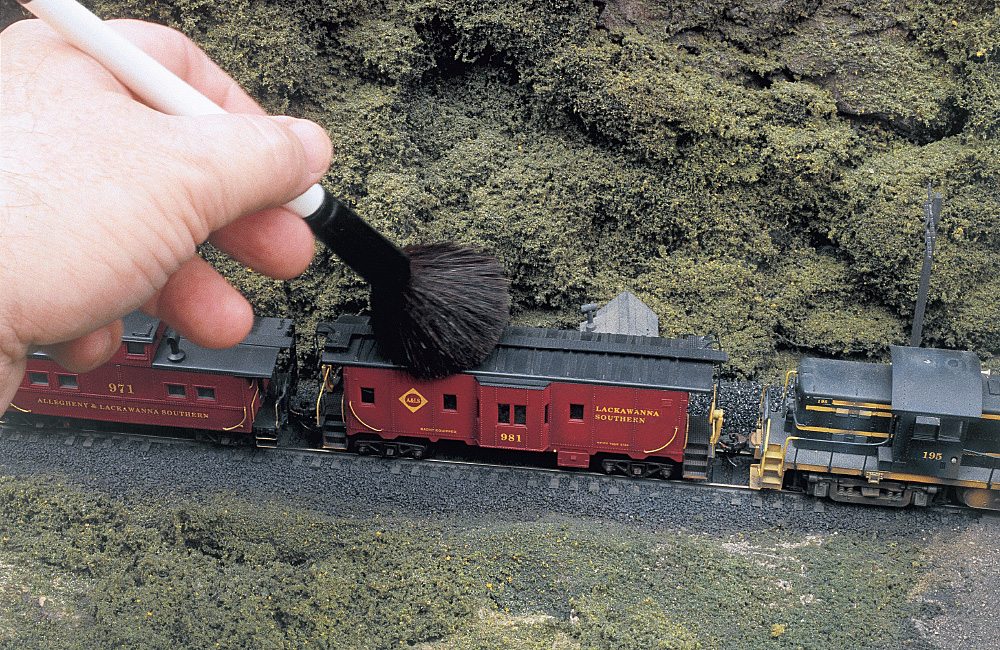
As locomotives lead trains around our layouts, they sweep up all the debris they encounter on the track. Look closely at the pilots, number boards, headlights, horns, grab irons, and other protruding details on the noses of your engines and you may see cobwebs, dust, and other detritus, especially if you haven’t dusted your hidden track lately (see below). Though it might not be visible under ordinary scrutiny, this kind of debris really shows up in photos. Use a dry, soft paintbrush and a can of compressed air (or an airbrush with no paint) to blow away the dust and cobwebs. While you’re at it, dust the roofs, walkways, running boards, and end platforms of your cabooses, hoppers, passenger cars, and other rolling stock.
Car loads
Because they’re exposed to the world, open-top car loads accumulate dust as much as anything else on our layouts. But because these items often have irregular surfaces, dust tends to collect in the crevices and is harder to clean. Loads for open-top hoppers, scrap metal loads in gondolas, vehicles for auto racks, and pulpwood loads are particularly hard to keep looking good. If the load is waterproof and can detach from the car, like a molded plastic coal load or a painted resin casting, give it a dip in warm soapy water and get into the crevices with a soft brush, then rinse it and let it air dry. For loads that could be damaged by water, like scale lumber or those held together by glue, brush them off as well as you can with a dry brush. Don’t neglect the coal piles in your steam locomotives’ tenders, either.
Rooftops
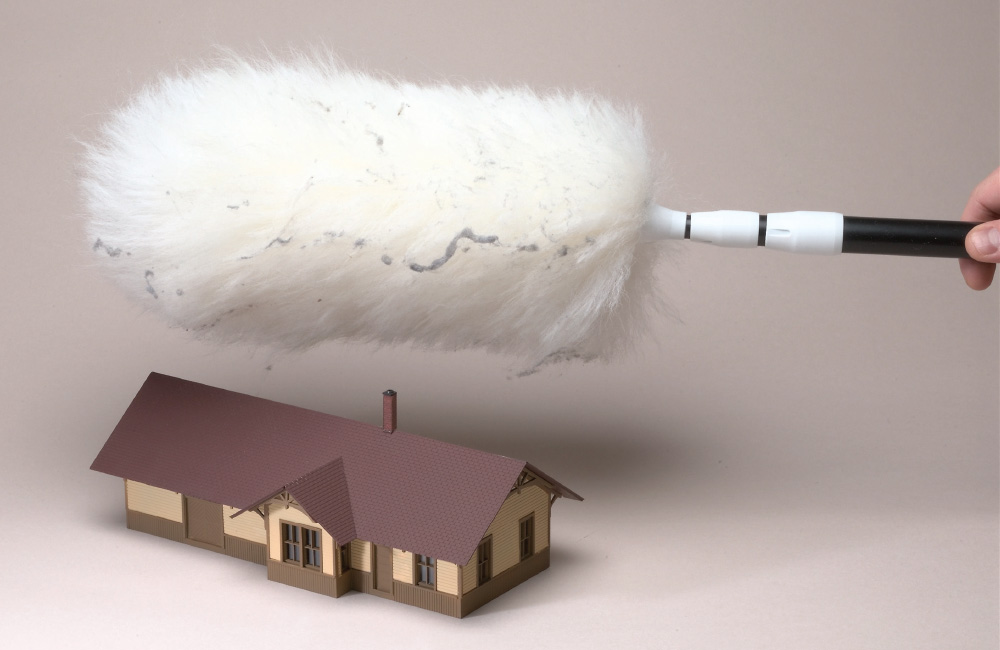
Since rooftops are probably the most seen parts of our model structures, thanks to our typical high viewing angle, they are among the most obvious things to clean on our model railroads. A soft duster will do most of the job. Just be careful not to dislodge details like chimneys, lightning rods, antennas, and vents. Use a soft brush to get into crevices and pay special attention to roofs with dust-trapping tile or shingle textures.
Track and ballast
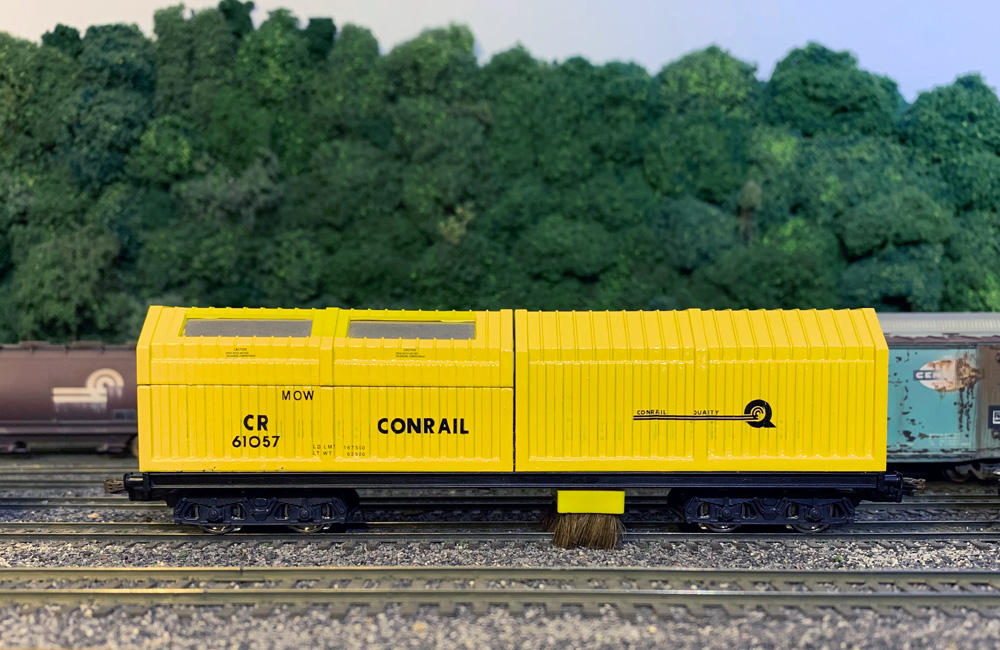
Not only should you clean your rails to improve your locomotives’ electrical pickup, you should also clean the ties and ballast around them. Dust can accumulate in the irregular surface of the ballast, become attracted by static electricity in the locomotive, and build up in the mechanism until it impedes your engine’s performance. Keep dust off your right-of-way with a mini-vacuum, like those sold for cleaning computer keyboards. Another convenient solution is a vacuum car, which sweeps up dust and small debris into a collection bin as it travels around the rails. Atlas, Roco, Tomy Tec (Tomix), and European manufacturer Lux Modellbau have manufactured HO and N scale versions in the past. Though nobody seems to make them now, they are still available from some online vendors.
Trees and other scenery
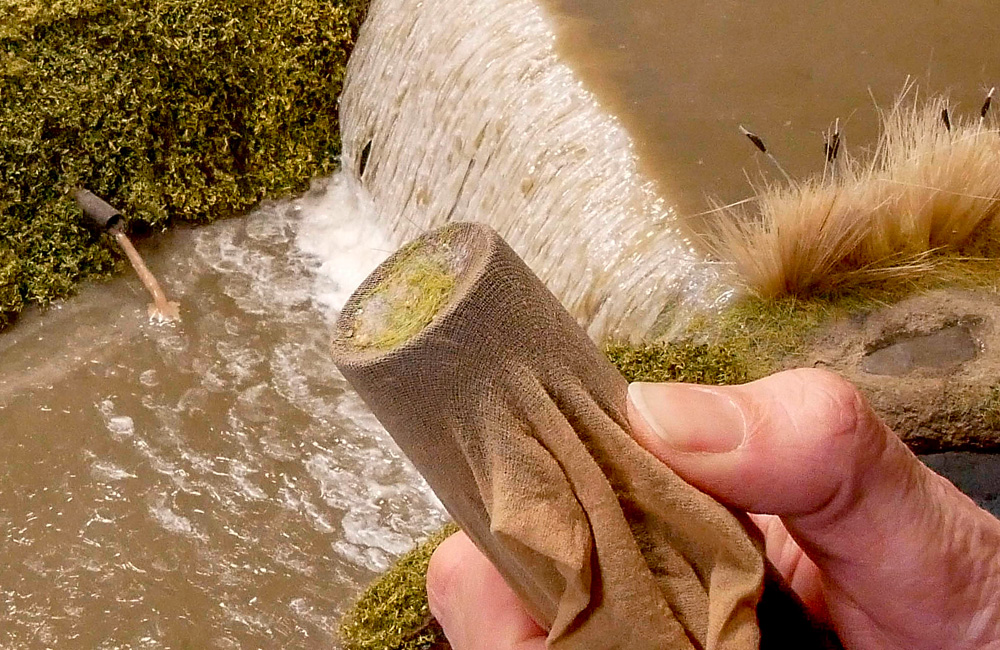
Tree armatures, clump foliage, ground foam, grass mats, and other irregularly shaped scenery materials collect a lot of dust. This can dull the colors of your scenery. But if you try to vacuum it off, you might accidentally suck up ground cover, tree branches, figures, and other scenic details. The solution: Wrap the end of a vacuum nozzle with a stretched nylon stocking. Your scenery and details will be caught at the nozzle so they can be re-adhered to the layout.
Tunnels and other enclosed areas
Have you ever sent a locomotive through a little-used tunnel on your layout, only to have it emerge covered in a mass of cobwebs and dust? It’s not just the visible parts of your model railroad that need cleaning. Dark, enclosed areas like tunnels, covered staging, and even structures like enginehouses are attractive habitats for spiders. You can keep these areas clean by reaching in with a long-handled duster, or for more inaccessible areas, try gluing a synthetic duster to a flatcar and pushing it through the tunnel ahead of a locomotive. (Trim the duster so it’s not much wider than the profile of a locomotive; you don’t want it to snag on benchwork or tunnel portals and cause a disaster.)
Water features
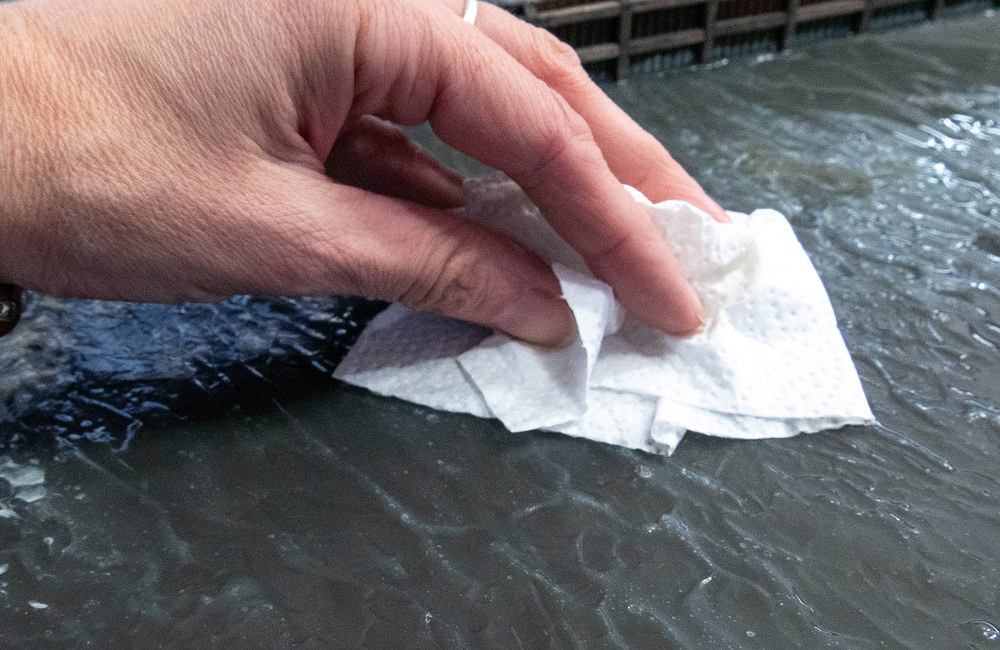
Resin water can be one of the trickiest scenic details to keep clean. It may look like a smooth, solid surface, but many products used to model water don’t always cure to be completely hard, especially if it’s in a cold and damp basement. If left to sit for a few months, dust that settles on cast water can stick, ruining that shiny, realistic appearance permanently. And some materials, like acrylic gloss medium, will soften and turn white if you try to clean them with window cleaner or even plain water. Wipe down your waterways with a soft, dry paintbrush or a lint-free cloth, like those made for cleaning eyeglasses, at least once a month.
For more on cleaning a model railroad and preparing it for the public, check out these articles from Model Railroader:
- “Keep your scenery looking its best,” Kathy Millatt, February 2022, page 28.
- “Extending the fun,” Dave Abeles, July 2023, page 27.






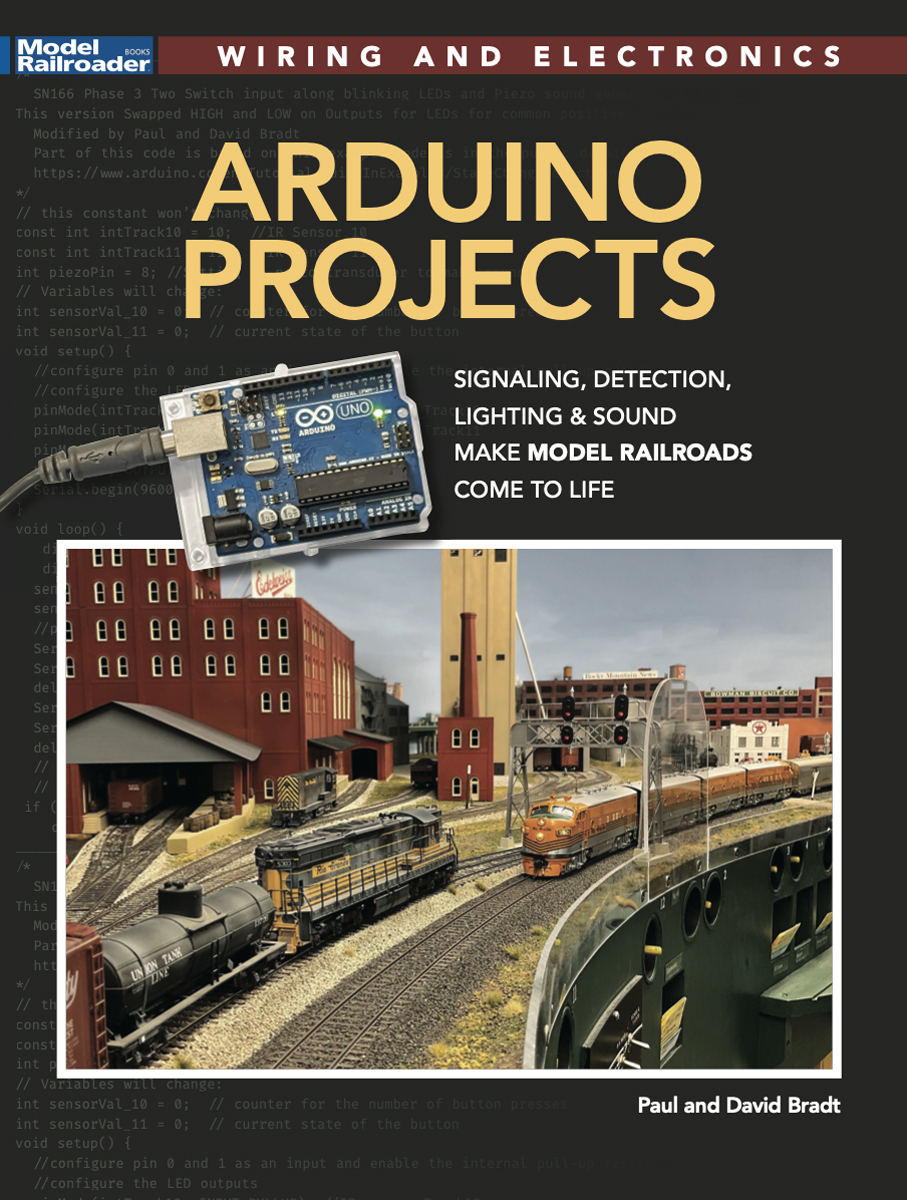
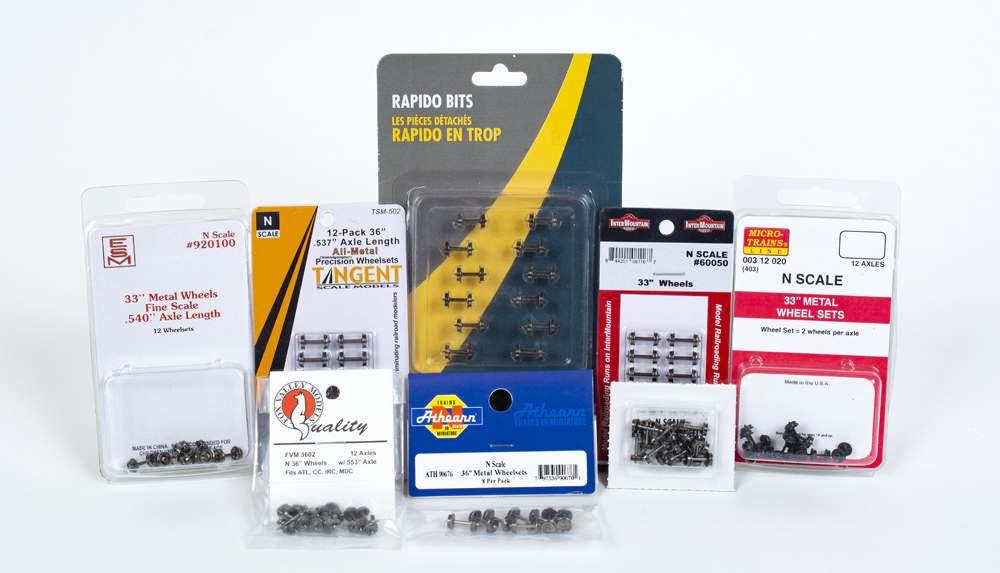
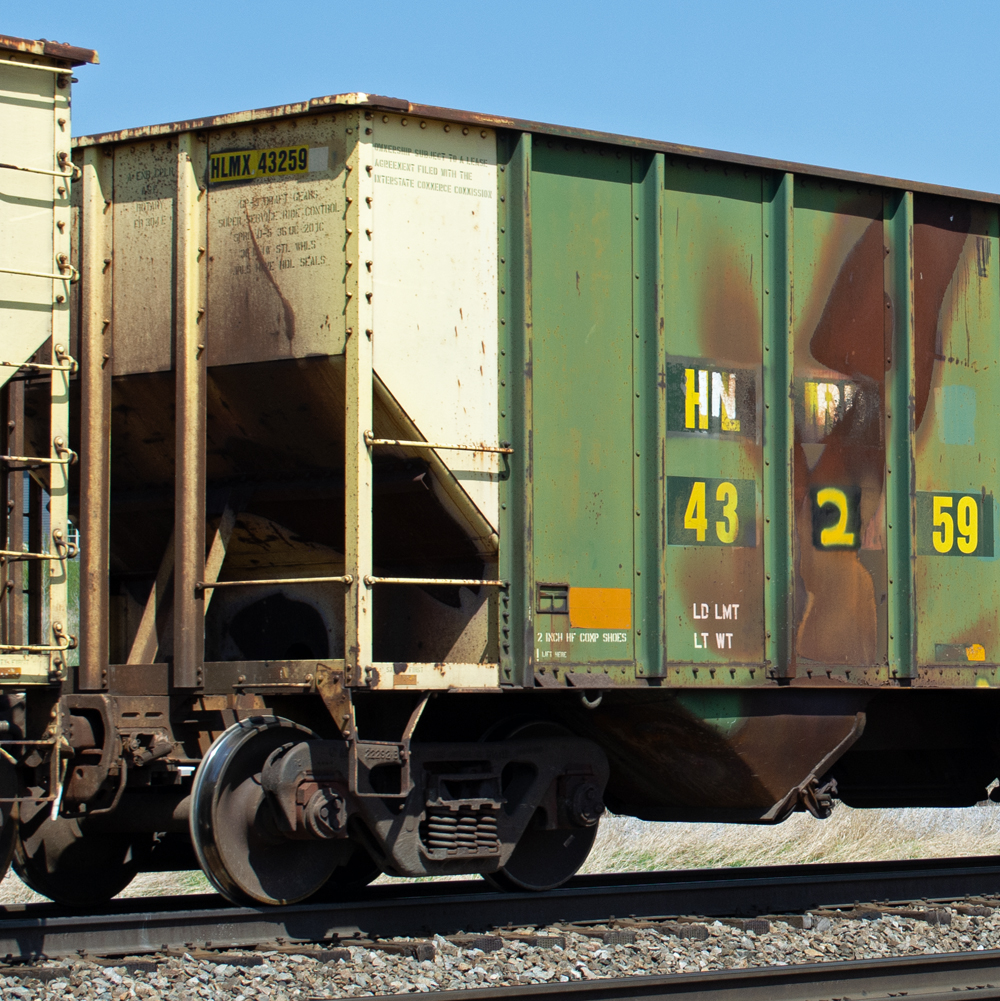
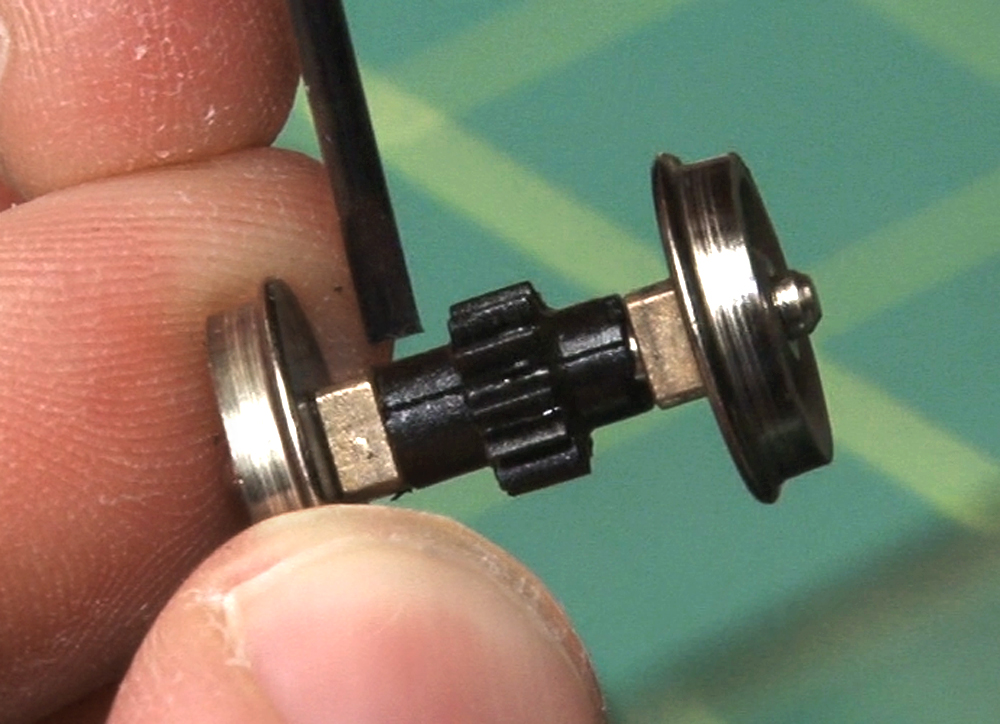




Steve,
As always, an informative article to help the model railroader. I like the nylon over the hose to catch scenery. I help clean the CB&W and will use a some of your tips when cleaning.
Roger Bir
CB&W Model Railroad Club
Grafton, VA